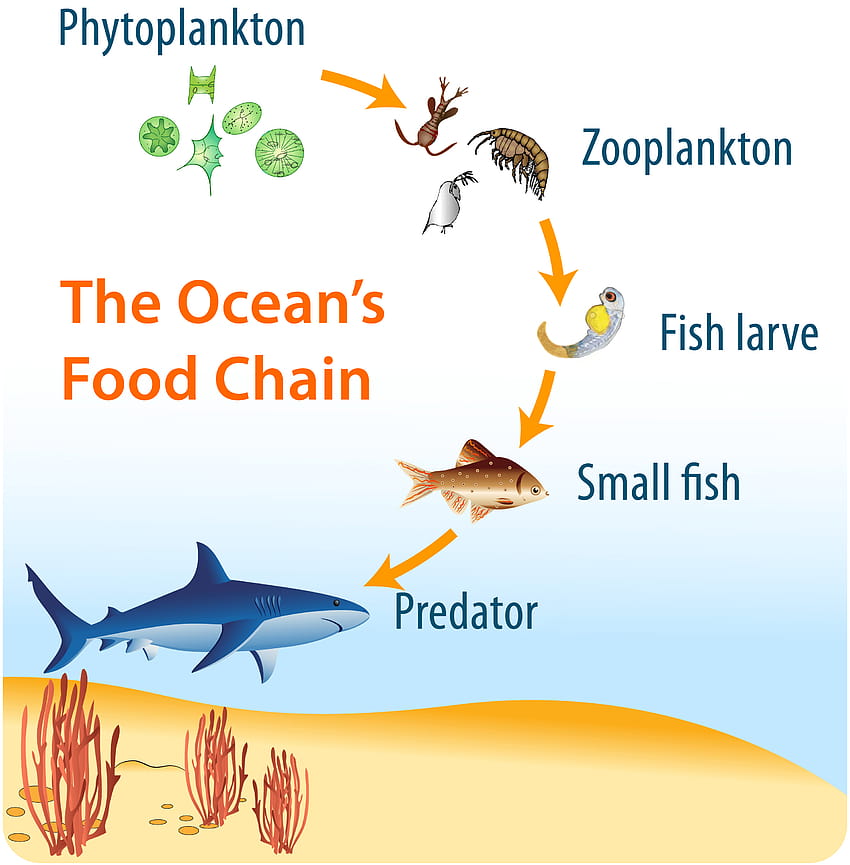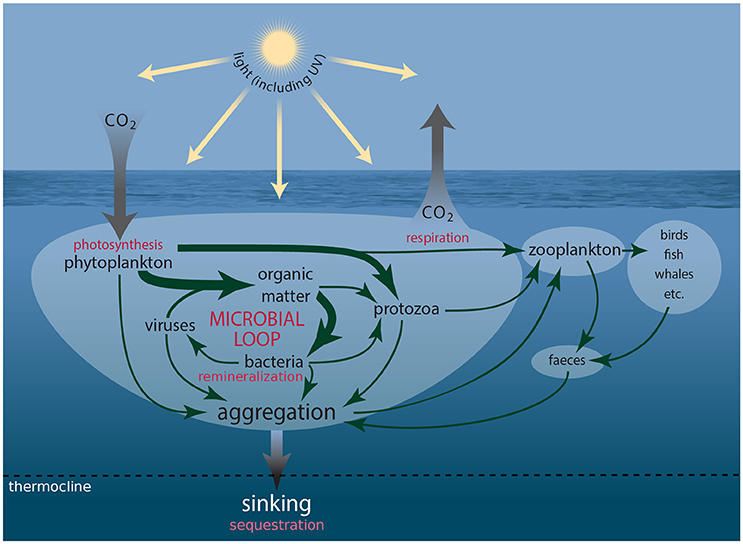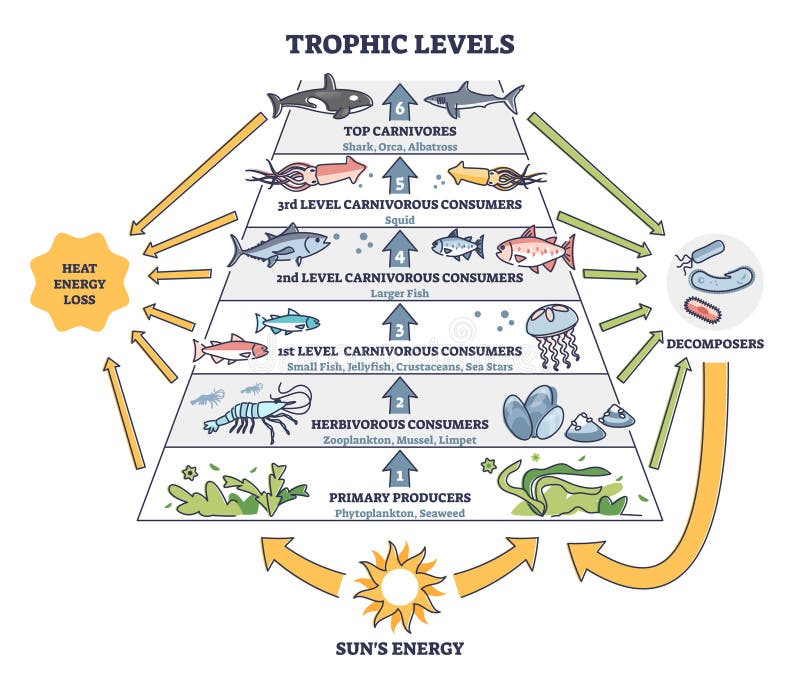Phytoplankton in the oceanic food chain food webs HD phone wallpaper Biology Diagrams Some of this food passes directly along the food chain when zooplankton eat the phytoplankton and in turn are consumed by larger animals such as fish, whales, squid, shellfish and birds. Food produced by phytoplankton can also enter another pathway dominated by bacteria (and possibly viruses).

Feeding relationships are often shown as simple food chains - in reality, these relationships are much more complex, and the term 'food web' more accurately shows the links between producers, consumers and decomposers They form the 2nd level of the trophic pyramid and consume phytoplankton. Zooplankton are eaten by the 1st level

NOAA's National Ocean Service Biology Diagrams
Phytoplankton are diverse, single-celled plants that use photosynthesis to produce oxygen and energy. They are the foundation of the aquatic food web, and they play a key role in the carbon cycle and climate change. Food webs are built from food chains.All forms of life in the sea have the potential to become food for another life form. In the ocean, a food chain typically starts with energy from the sun powering phytoplankton, and follows a course such as: . phytoplankton → herbivorous zooplankton → carnivorous zooplankton → filter feeder → predatory vertebrate Ocean ecosystem food chains are perhaps the most primitive and curious levels of food webs. With oceans covering over 70 % of the Earth's surface, owing to that large expanse, they are home to over 230,000 documented marine species. The chain starts with primary producers, such as Phytoplankton, and moves up to apex predators like sharks and orcas.

Phytoplankton are similar to plants and use sunlight and nutrients to grow. They are the base of several aquatic food webs and provide food for many sea creatures, but can also cause harmful algal blooms.

What are Phytoplankton? Biology Diagrams
Humans rely heavily on marine resources for food, livelihoods, and recreation. Plankton, being the cornerstone of the marine food chain, indirectly support millions of people globally. A healthy plankton population ensures the sustainability of fish stocks and other marine resources that human populations depend on. Plankton Research and Monitoring

Food webs describe who eats whom in an ecological community.Made of interconnected food chains, food webs help us understand how changes to ecosystems — say, removing a top predator or adding nutrients — affect many different species, both directly and indirectly.. Phytoplankton and algae form the bases of aquatic food webs. They are eaten by primary consumers like zooplankton, small fish
